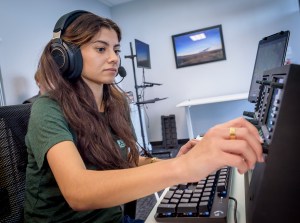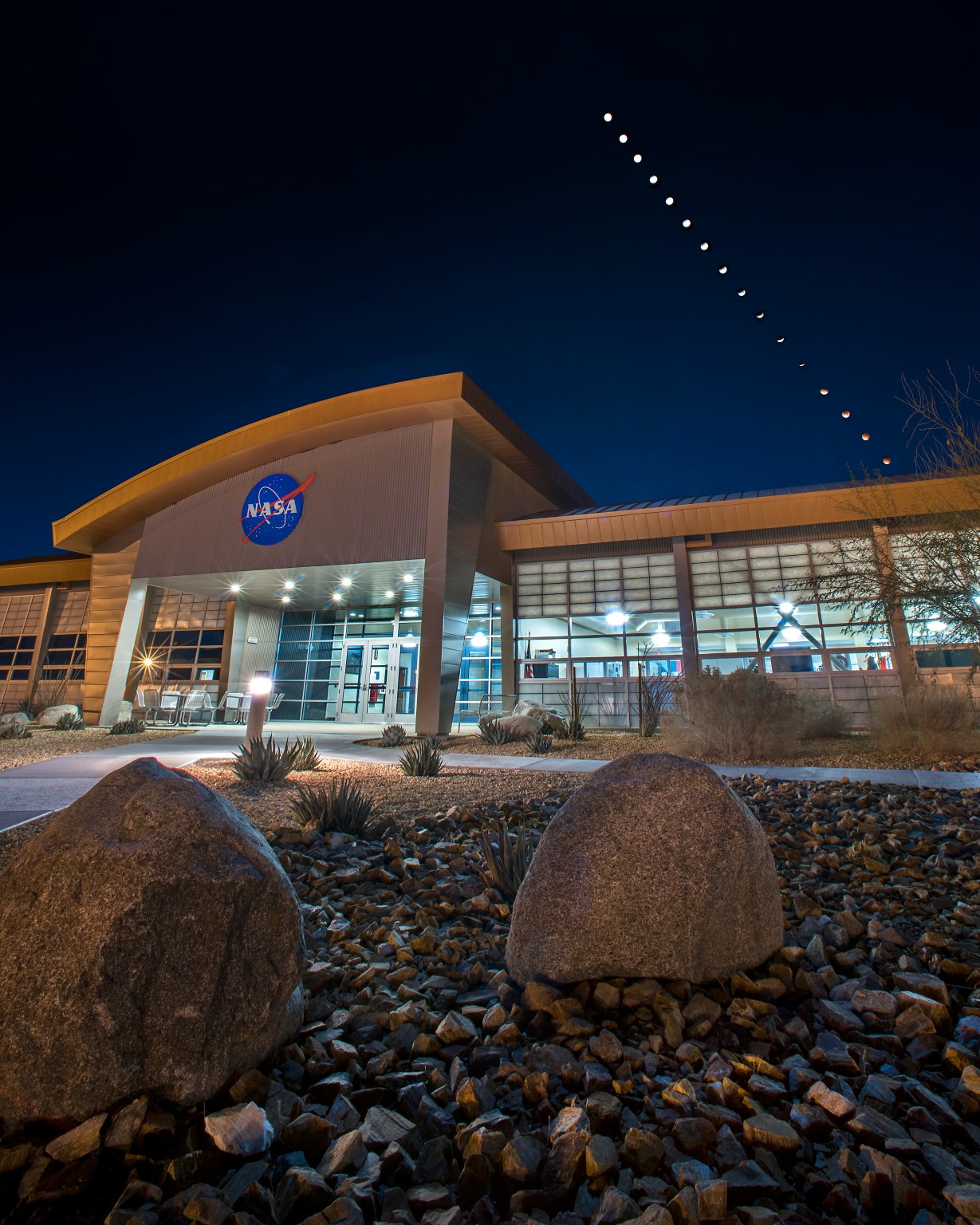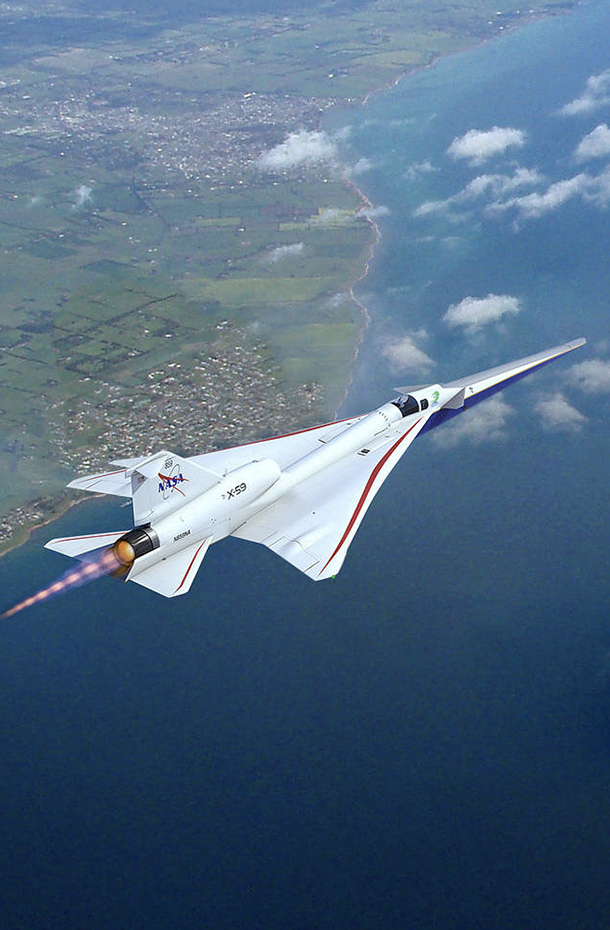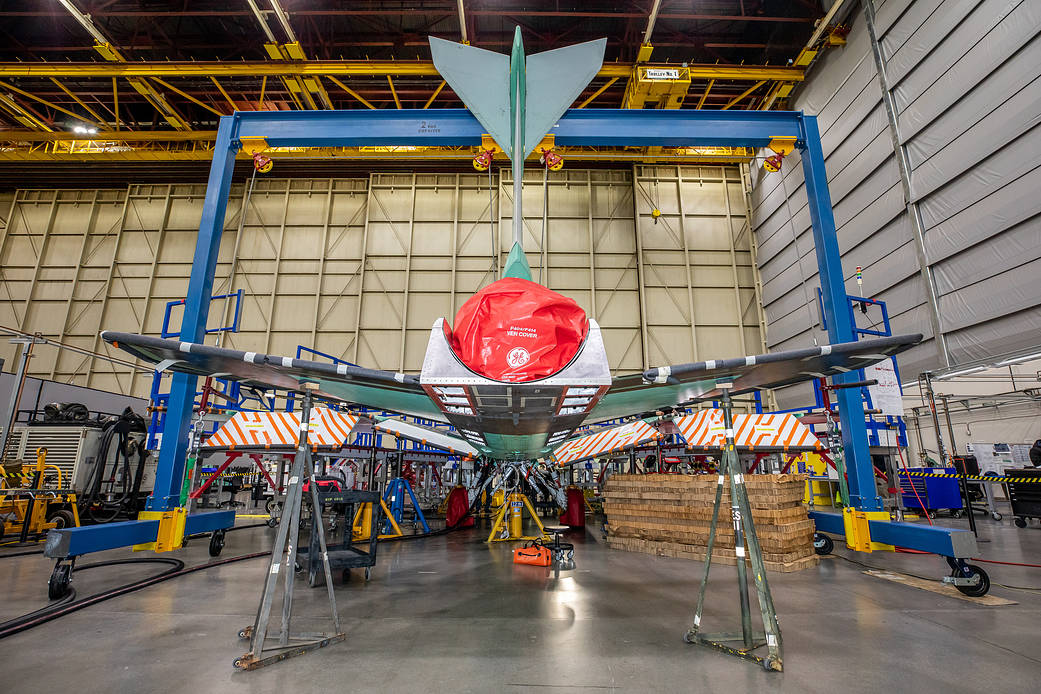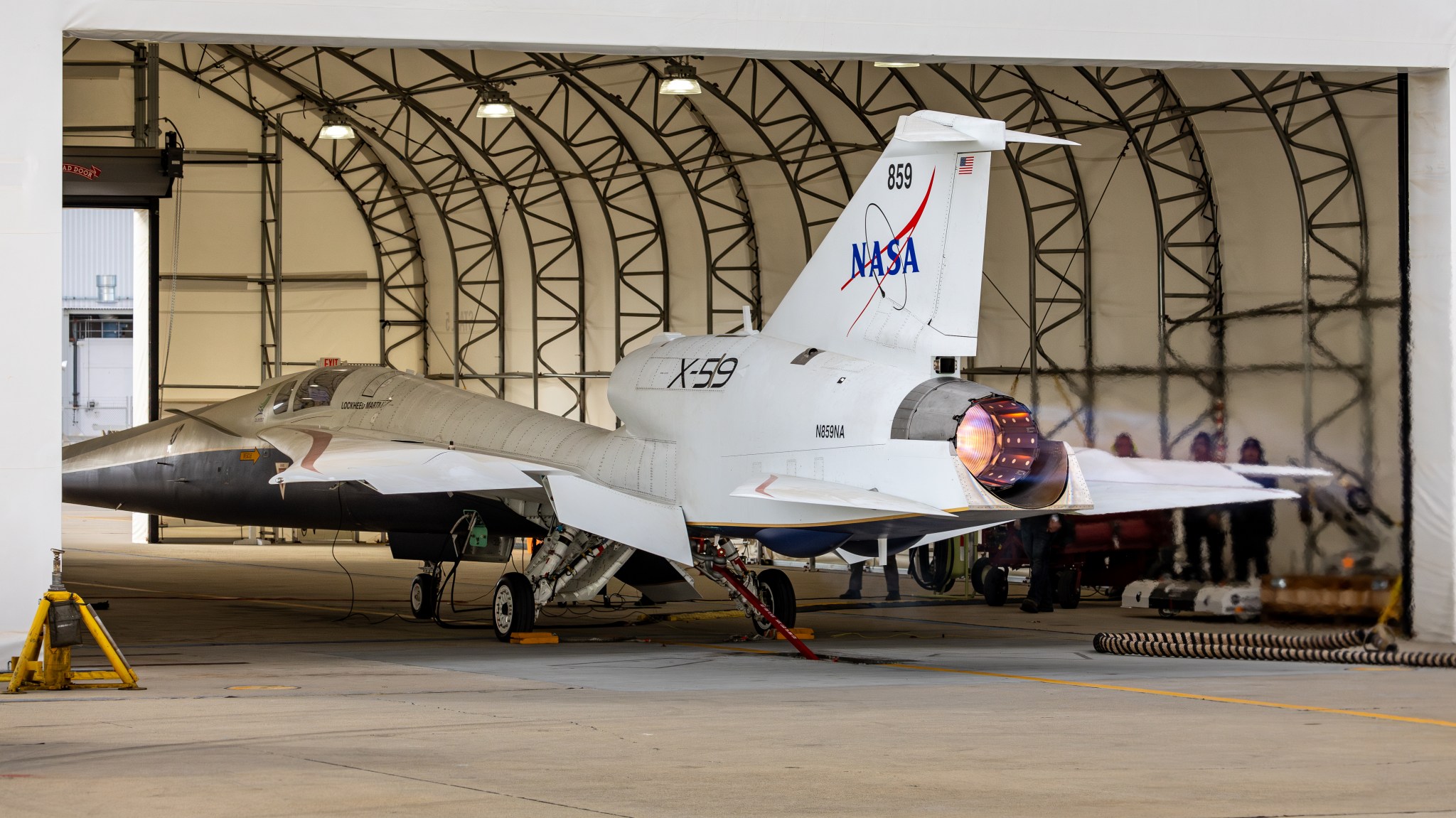
NASA completed the first maximum afterburner engine run test on its X-59 quiet supersonic research aircraft on Dec. 12. The ground test, conducted at Lockheed Martin’s Skunk Works facility in Palmdale, California, marks a significant milestone as the X-59 team progresses toward flight.
An afterburner is a component of some jet engines that generates additional thrust. Running the engine, an F414-GE-100, with afterburner will allow the X-59 to meet its supersonic speed requirements. The test demonstrated the engine’s ability to operate within temperature limits and with adequate airflow for flight. It also showed the engine’s ability to operate in sync with the aircraft’s other subsystems.
The X-59 is the centerpiece of NASA’s Quesst mission, which seeks to solve one of the major barriers to supersonic flight over land by making sonic booms quieter. The X-59’s first flight is expected to occur in 2025.































